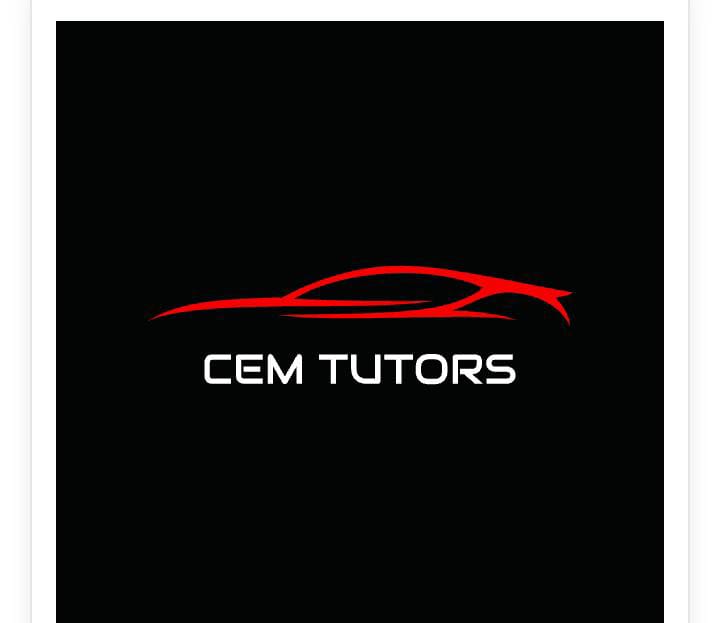26 challenging multiple-choice questions at an advanced level covering various organic chemistry reaction mechanisms, along with detailed solutions
**Question 1: Reaction Mechanisms**
In the **Benzoin condensation**, what types of compounds are the reactants?
a) Alkene and alkyne
b) Alkene and ketone
c) Aldehyde and aldehyde
d) Alkene and amine
**Solution:**
c) Aldehyde and aldehyde
**Question 2: Reaction Mechanisms**
In the **Birch reduction**, what type of bond is typically formed in the product?
a) Sigma (σ) bond
b) Pi (π) bond
c) Delta (δ) bond
d) Double bond
**Solution:**
b) Pi (π) bond
**Question 3: Reaction Mechanisms**
What is the primary role of a **peracid** in organic reactions?
a) Donating electrons
b) Accepting electrons
c) Oxidizing other compounds
d) Reducing other compounds
**Solution:**
c) Oxidizing other compounds
**Question 4: Reaction Mechanisms**
In the **Friedel-Crafts acylation**, what type of compound is typically used as an acylating agent?
a) Alkene
b) Alkyne
c) Ketone
d) Acid chloride
**Solution:**
d) Acid chloride
**Question 5: Reaction Mechanisms**
What type of reaction is commonly catalyzed by a **hydrolase enzyme**?
a) Hydrogenation
b) Hydrolysis
c) Dehydration
d) Halogenation
**Solution:**
b) Hydrolysis
**Question 6: Reaction Mechanisms**
In the **Pd-catalyzed Suzuki reaction**, what types of compounds are typically used as reactants?
a) Alkane and alkene
b) Alkene and alkyne
c) Alkene and aryl boronic acid
d) Alkane and aryl halide
**Solution:**
c) Alkene and aryl boronic acid
**Question 7: Reaction Mechanisms**
What type of reaction is the **Strecker synthesis** commonly used for?
a) Reduction
b) Hydrogenation
c) Amination
d) Esterification
**Solution:**
c) Amination
**Question 8: Reaction Mechanisms**
In the **Heck reaction**, what is the role of the palladium catalyst?
a) Donating electrons
b) Accepting electrons
c) Facilitating nucleophilic attack
d) Stabilizing the reaction intermediates
**Solution:**
d) Stabilizing the reaction intermediates
**Question 9: Reaction Mechanisms**
What type of reaction is the **Baylis-Hillman reaction** commonly used for?
a) Reduction
b) Hydrogenation
c) Nucleophilic addition
d) Electrophilic addition
**Solution:**
c) Nucleophilic addition
**Question 10: Reaction Mechanisms**
In the **Claisen condensation**, what is the role of the strong base (e.g., NaOH or KOH)?
a) Providing protons (H⁺)
b) Promoting nucleophilic attack
c) Initiating a radical reaction
d) Facilitating the elimination of a leaving group
**Solution:**
b) Promoting nucleophilic attack
**Question 11: Reaction Mechanisms**
What type of reaction is the **Diels-Alder reaction** commonly used for?
a) Reduction
b) Hydrogenation
c) Cycloaddition
d) Elimination
**Solution:**
c) Cycloaddition
**Question 12: Reaction Mechanisms**
In the **Wacker oxidation**, what type of compound is typically oxidized?
a) Alkane
b) Alkene
c) Alkyne
d) Alcohol
**Solution:**
b) Alkene
**Question 13: Reaction Mechanisms**
What is the primary role of a **protic solvent** in some organic reactions?
a) Facilitating nucleophilic attack
b) Stabilizing carbocations
c) Promoting radical reactions
d) Acting as a reducing agent
**Solution:**
a) Facilitating nucleophilic attack
**Question 14: Reaction Mechanisms**
In the **Buchwald-Hartwig amination**, what type of compound is typically used as a reactant?
a) Alkane
b) Alkene
c) Aryl halide
d) Alcohol
**Solution:**
c) Aryl halide
**Question 15: Reaction Mechanisms**
What is the primary role of a **chiral catalyst** in asymmetric synthesis?
a) Increasing reaction temperature
b) Providing protons (H⁺)
c) Enhancing nucleophilic attack
d) Enabling the formation of racemic mixtures
**Solution:**
c) Enhancing nucleophilic attack
**Question 16: Reaction Mechanisms**
In the **Oppenauer oxidation**, what type of compounds are typically involved as reactants?
a) Alkane and alkene
b) Alkene and alkyne
c) Alcohol and ketone
d) Ester and carboxylic acid
**Solution:**
c) Alcohol and ketone
**Question 17: Reaction Mechanisms**
What is the primary purpose of using a **transition metal catalyst** in some organic reactions?
a) Facilitating nucleophilic attack
b) Stabilizing carbocations
c
) Promoting radical reactions
d) Enhancing catalytic efficiency
**Solution:**
d) Enhancing catalytic efficiency
**Question 18: Reaction Mechanisms**
In the **Borch reduction**, what is the reducing agent commonly used to convert a carbonyl compound into an alcohol?
a) LiAlH₄
b) NaOH
c) H₂SO₄
d) HBr
**Solution:**
a) LiAlH₄
**Question 19: Reaction Mechanisms**
What is the primary role of **organometallic reagents** like Grignard reagents in organic reactions?
a) Acting as reducing agents
b) Facilitating nucleophilic attack
c) Promoting radical reactions
d) Initiating hydrolysis reactions
**Solution:**
b) Facilitating nucleophilic attack
**Question 20: Reaction Mechanisms**
In the **Hydroboration-oxidation** reaction, what type of bond is typically formed between boron and carbon?
a) Sigma (σ) bond
b) Pi (π) bond
c) Delta (δ) bond
d) Triple bond
**Solution:**
a) Sigma (σ) bond
**Question 21: Reaction Mechanisms**
What type of reaction is commonly catalyzed by a **hydrolase enzyme**?
a) Hydrogenation
b) Hydrolysis
c) Dehydration
d) Halogenation
**Solution:**
b) Hydrolysis
**Question 22: Reaction Mechanisms**
In the **Pd-catalyzed Heck reaction**, what types of compounds are typically used as reactants?
a) Alkane and alkene
b) Alkene and alkyne
c) Alkene and aryl halide
d) Alkane and aryl boronic acid
**Solution:**
c) Alkene and aryl halide
**Question 23: Reaction Mechanisms**
What type of reaction is the **Strecker synthesis** commonly used for?
a) Reduction
b) Hydrogenation
c) Amination
d) Esterification
**Solution:**
c) Amination
**Question 24: Reaction Mechanisms**
In the **Suzuki-Miyaura coupling**, what type of bond is typically formed between boron and carbon?
a) Sigma (σ) bond
b) Pi (π) bond
c) Delta (δ) bond
d) Triple bond
**Solution:**
a) Sigma (σ) bond
**Question 25: Reaction Mechanisms**
What is the primary purpose of using a **phase-transfer catalyst** in organic reactions?
a) To increase reaction temperature
b) To facilitate the formation of radicals
c) To transfer reactants between phases
d) To provide additional reactants
**Solution:**
c) To transfer reactants between phases
**Question 26: Reaction Mechanisms**
In the **Grubbs catalyst-catalyzed metathesis reaction**, what types of compounds are typically used as reactants?
a) Alkane and alkene
b) Alkene and alkyne
c) Alkene and aldehyde
d) Alkene and alkene
**Solution:**
d) Alkene and alkene
These challenging multiple-choice questions cover various advanced organic chemistry reaction mechanisms, and the detailed solutions provide explanations to help you understand the correct answers.





